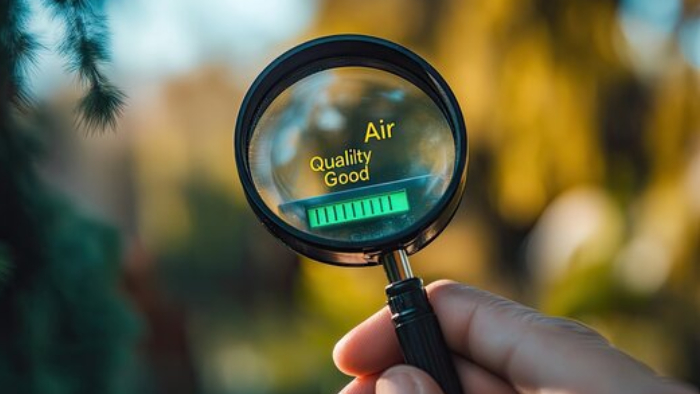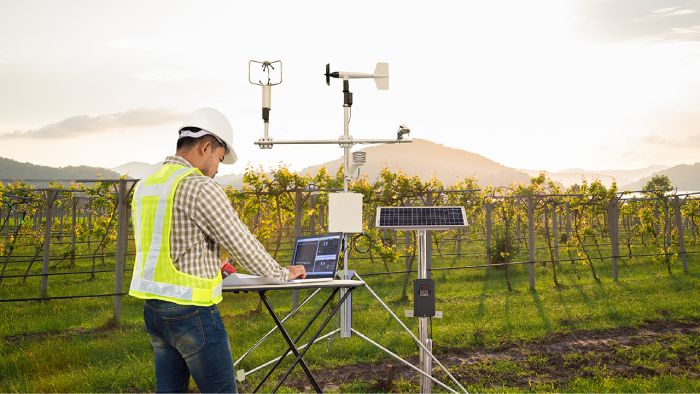Acoustic Assessment Report
Acoustic Assessment Report
What is an Acoustic Assessment Report?
An Acoustic Assessment Report is a detailed report describing significant noise generating sources at the facility. Each source and activity generate its own sound level which are collected using a noise measuring device and used to model sound levels at the identified points of reception (POI) using a noise propagation software. The modelled sound levels are compared against Ministry of the Environment, Conservation and Parks (MECP) limits to determine compliance or if further mitigation is required.
The MECP require an AAR to be completed in accordance with NPC-300: Environmental Noise Guideline – Stationary and Transportation Source – Approval and Planning. Depending on the location of the facility and the POI, different MECP prescribed limits may apply for the daytime, evening, and nighttime periods. Overall, there are four different classes that an area can be classified, and each class has its own limit for the respective time segments:
One-Hour Equivalent Sound Level (dBA) for outdoor POI
Time Periods
Class 1
Class 2
Class 3
Class 4
One-Hour Equivalent Sound Level (dBA) for Plane of Window of Noise Sensitive Spaces
Time Periods
Class 1
Class 2
Class 3
Class 4
Typical Noise Sources
- Sidewall and Rooftop Stacks and Exhausts
- HVAC Units / Natural gas-fired equipment
- Make-Up Air Units
- Delivery Trucks
- Loaders
- Cement Trucks
- Cooling Towers
- Baghouses
- Generators
Primary and Secondary Noise Screening
Before determining whether a detailed Acoustic Assessment Report is required for your activities and operations in support of an ECA or EASR, the Ministry of the Environment, Conservation and Parks offer two different types of screening:
- Primary Noise Screening (PNS)
- Secondary Noise Screening (SNS)
The Primary Noise Screening Method is a quick and easy way to determine if a facility is required to complete a Secondary Noise Screening or an Acoustic Assessment Report. No detailed calculation is required as part of the PNS; however, the form uses conservative assumptions and potential noise generating equipment at the facility to determine a minimum separation distance. The distance between the closest noise generating source and the point of reception must be beyond the minimum separation distance in order to avoid completing a SNS or an ARR.
If the facility does not meet the conditions of a PNS, a Secondary Noise Screening can be done before finding out if an Acoustic Assessment Report is required. Although less conservative than the PNS method, it better reflects the sound generated from the facility. Unlike the PNS method, the SNS method requires calculation to determine the combined sound level at each of the identified points of reception and whether or not the conditions of the SNS method have been met.
If none of the conditions of a Primary Noise Screening and Secondary Noise Screening are met, then an Acoustic Assessment Report will be required. It is worth noting that a PNS and SNS is not a requirement in order to complete an AAR. Similarly, a PNS is not required to use the SNS method. In short, a facility can skip the primary and secondary noise screening and complete a detailed Acoustic Assessment Report.
Role of an LEP
Noise Impact Studies
While the Ministry of the Environment, Conservation and Parks (MECP) name a noise report an Acoustic Assessment Report, the municipality often calls it a Noise Impact Study. Although named and structured differently, these noise reports serve the same purpose.
- Acoustical Barrier
- Central A/C or Provision for A/C
- Building Component Specifications
- Warning Clause Type A, B, C, and D
Areas We Serve
- TORONTO
- ETOBICOKE
- NORTH YORK
- SCARBOROUGH
- MISSISSAUGA
- CAMBRIDGE
- KITCHENER/ WATERLOO
- GUELPH
- WOODSTOCK
- STRATFORD
- ST. CATHARINES
- NIAGARA FALLS
- MARKHAM
- VAUGHAN
- BRAMPTON
- NEWMARKET
- BRADFORD
- BARRIE
- NEW TECUMSETH
- SUDBURY
- PICKERING
- AJAX
- OSHAWA
- BELLEVILLE
- PETERBOROUGH




